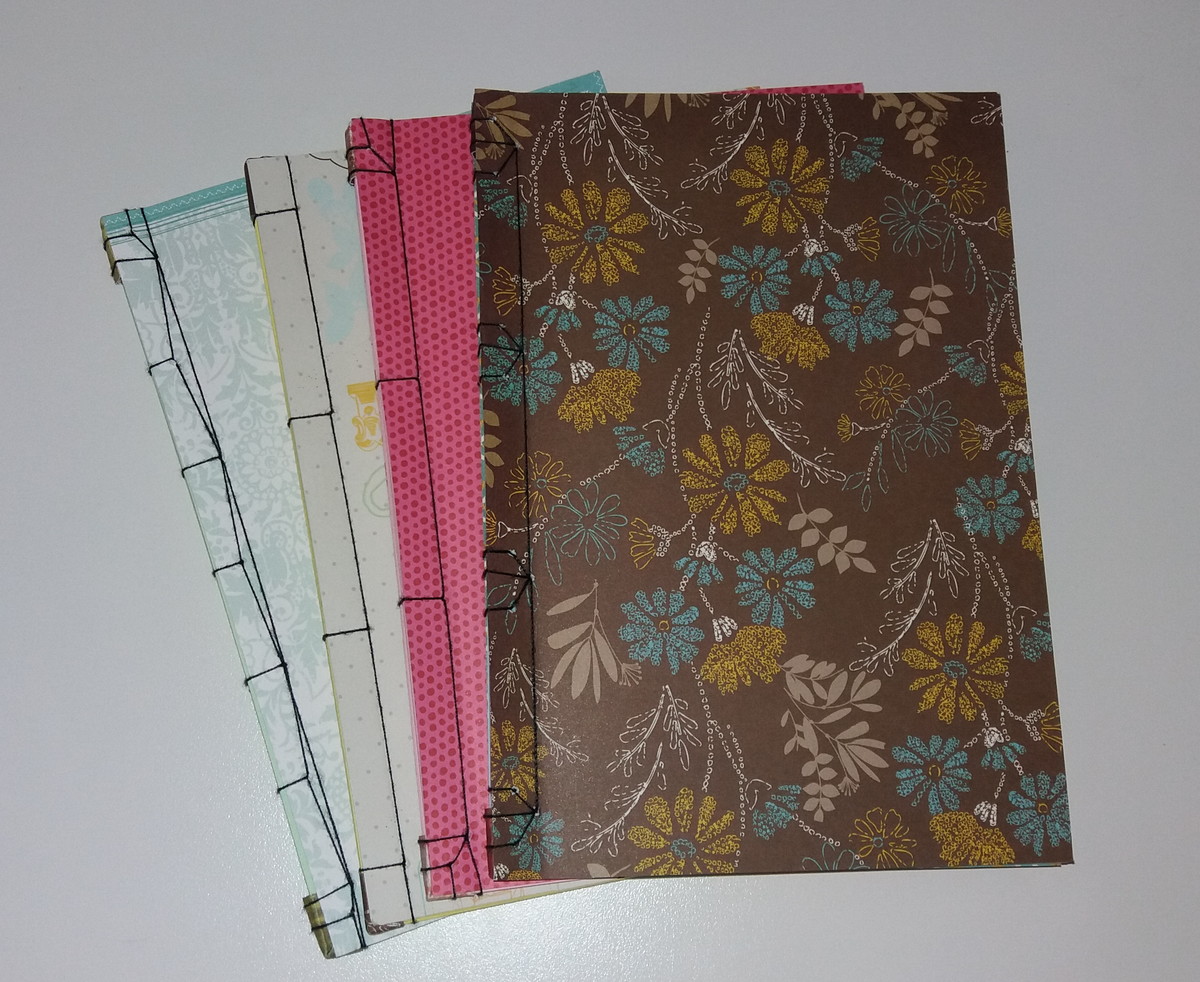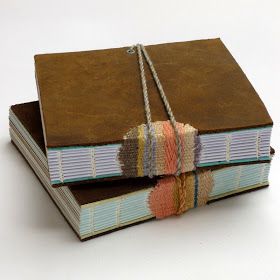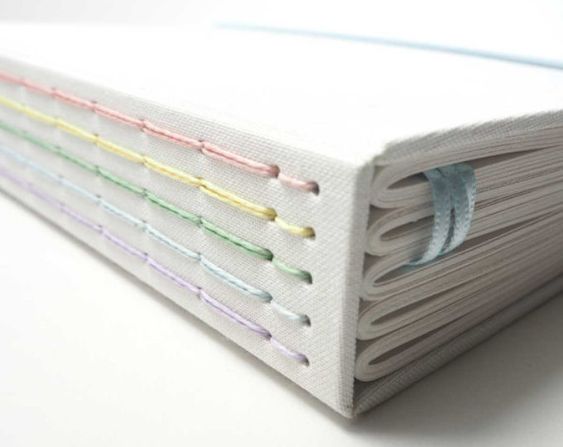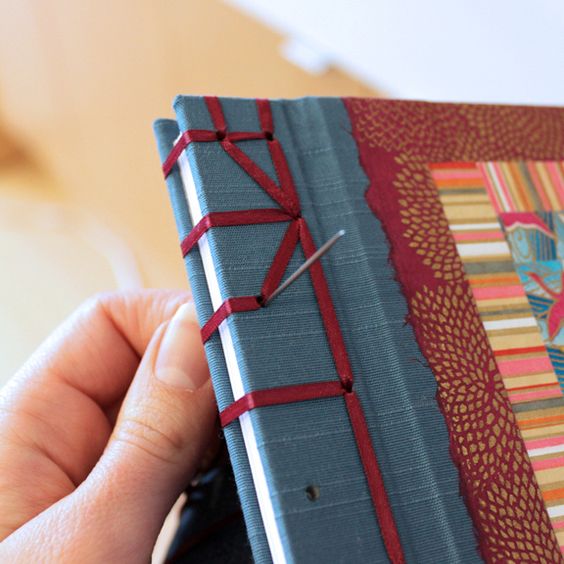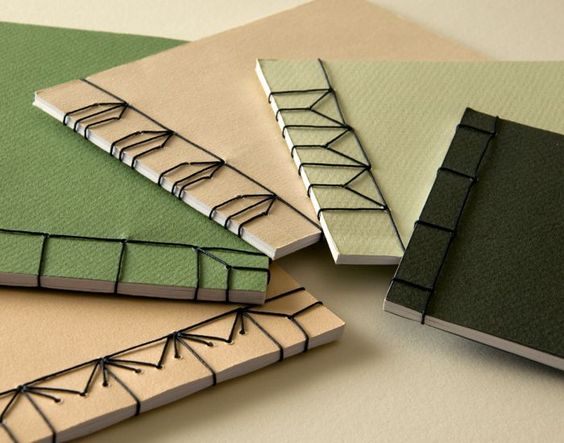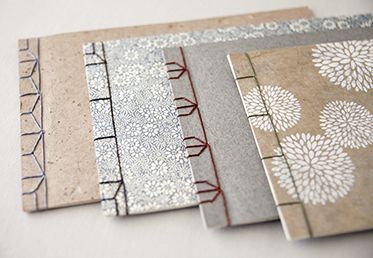Japanese Bookbinding for Children: Fun and Educational Projects
Japanese binding, also known as “stitch binding” or “yotsume toji,” is a traditional book stitching technique that offers not only a functional way to bind pages together, but also an opportunity to create fun and educational projects for children. In this article, we will explore the art of Japanese bookbinding and how it can be applied to engage children in creative activities while learning about the culture and developing fine motor skills.
ft projects such as personalized photo albums, journals, and art notebooks, allowing creators to express their creativity while preserving Japanese tradition.
Table of Contents
Fun Projects for Kids
Japanese bookbinding offers an excellent opportunity to create fun, interactive projects for children. Instead of buying pre-made notebooks or books, parents, educators and children can get involved in creating personalized notebooks with themes that spark interest. For example, a Japanese-bound sketchbook can be decorated with children’s favorite characters, encouraging creativity and a love of art.
Furthermore, Japanese binding allows for the addition of three-dimensional elements, such as small embellishments or cutouts, which can be incorporated throughout the sewing process. This not only makes the project more visually appealing, but also stimulates children’s hand-eye coordination as they handle and position the decorative elements.
Here are some Japanese bookbinding project ideas for kids:
- Personalized Sketchbooks: Help kids create their own sketchbooks. They can choose their favorite papers, decorate them with drawings or collages and then bind them using the Japanese binding technique.
- Scrap and Collage Albums: Create personalized scrapbooks where kids can paste photos, magazine clippings, and drawings. The Japanese binding will give these albums a special touch.
- Travel Journal: If you’re planning a family trip, let the kids record their experiences in a special travel journal. They can draw, write, and collect souvenirs, such as notes and flyers, to incorporate into their journal.
- Storybooks: Encourage children to write and illustrate their own stories. Then, help them bind the books they created. This can be an ongoing activity in which they develop multiple stories over time.
- Personalized Calendars: Make personalized calendars with the children. Each month can be decorated with an illustration or photo related to the season or commemorative dates.
- Family Photo Albums: Create family photo albums using Japanese binding. Children can choose photos, write captions and even decorate the pages.
- Cookbooks for Kids: If kids are interested in cooking, help them create their own cookbooks. They can write down their favorite recipes, draw illustrations and share cooking tips.
- Poem or Quote Books: Encourage children’s creativity in writing poetry or collecting inspirational quotes. They can create small themed books using the Japanese bookbinding technique.
- Adventure Books: Make up adventure stories with your children, then help them turn those stories into Japanese-bound books. This may involve creating characters and illustrations.
- Science Books: If children are interested in science, encourage them to create books about experiments or scientific facts they have discovered.
Be sure to adapt these Japanese bookbinding projects to the children’s age and abilities, and always provide adequate supervision, especially when needles and thread are involved. These projects not only promote creativity but also teach valuable organization and presentation skills.
Educational Learning Through Binding
In addition to the creative and fun aspect, Japanese bookbinding can be a valuable educational tool. Parents and educators can use this technique to teach children various skills, such as:
1. Fine Motor Development:
Fine motor development refers to the ability to use the small muscles in the hands and fingers to perform precise, coordinated tasks. It is a crucial part of child development as it plays a key role in various day-to-day activities such as writing, drawing, dressing, eating with cutlery and much more. Fine motor development evolves as the child grows and matures.
The process of threading the thread through the holes requires dexterity and coordination. This helps develop children’s fine motor skills, which is crucial for activities such as writing, drawing and tying shoes.
2. Counting and Patterns:
Counting and pattern recognition are fundamental math skills that children develop from an early age. These skills serve as the foundation for more advanced mathematical concepts and are essential in many aspects of everyday life.
By making holes evenly and creating patterns in sewing, children can learn about counting, symmetry and sequences, fundamental mathematical concepts.
3. Creative Expression:
Decorating the cover and choosing the elements to incorporate into the project allows children to express their creativity in unique ways. This encourages decision-making and artistic exploration.
4. Patience and Concentration:
Japanese bookbinding is a process that requires patience and attention to detail. Children can learn the importance of perseverance and concentration when working on more complex projects.
5. Connection with Culture:
Introducing Japanese bookbinding is also an opportunity to explore Japanese culture. Parents can share information about the technique, its origin and cultural significance, enriching children’s learning.
Steps for a Japanese Binding Project
Here’s a basic guide for creating a Japanese bookbinding project with kids:
Necessary materials:
- Blank sheets of paper
- Binding needle or sewing needle
- Colored thread or cord
- Paper punch
- Decorative embellishments (optional)
Step by step:
- Preparation:
- Decide on the size and format of the notebook.
- Create a decorative cover using colored paper or designs.
- Hurricane:
- Using the paper punch, make holes along the edge of the stack of pages. Make sure the holes are aligned to make sewing easier.
- Sewing:
- Pass the needle and thread through the first hole, leaving a small end loose.
- Pass the needle through the next hole from the inside out.
- Continue alternating between in and out until all holes are covered.
- Pass the needle through the first loop created and tie the two ends of the thread together.
- Customization:
- Add embellishments, designs, or cutouts to the cover and inside pages.
- Let the child use their creativity to decorate the project.
- Finishing:
- Make sure all knots are secure and well tied.
- If necessary, trim any loose ends of the thread.
- Your Japanese binding project is ready to use!
Conclusion
Japanese binding offers a unique and engaging way to introduce children to creative and educational activities. In addition to developing fine motor skills and creativity, this technique allows children to connect with culture and express their individuality. By creating Japanese bookbinding projects, parents and educators can provide children with meaningful moments of learning and fun as they explore the world of art and crafts.

